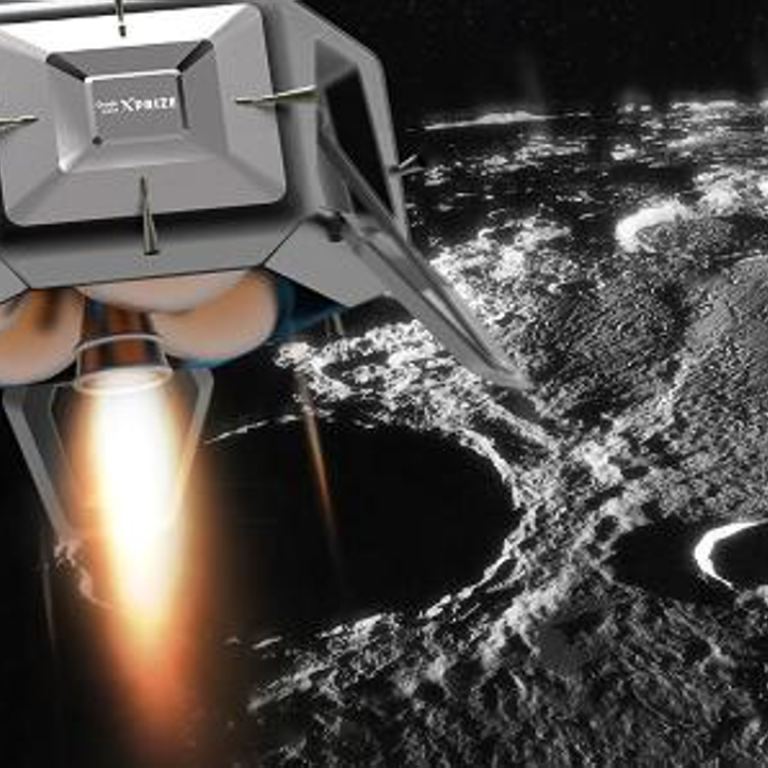
Meet the Malaysian team making history in space race
The only participant coming from Southeast Asia, Independence-X will compete to land a robotic spacecraft on the moon
In Kuala Lumpur, a small team of Malaysian engineers is racing to make history in Southeast Asian space exploration.
Independence-X is the sole team from the region to participate in the Google Lunar XPrize, a global competition in which private-sector players must land a robotic spacecraft on the Moon, have it travel 500 meters and transmit high-definition (HD) video and images back to Earth, by the end of 2017.
Unlike Japan, China or India, Southeast Asia has a dearth of private space companies; Independence-X is the only one in Malaysia.
“Our aim is innovation. It’s impossible to have a vision of the future without development in space technology,” team leader Izmir Yamin said on the sidelines of the inaugural Global Entrepreneurship Community conference in Kuala Lumpur.
On Thursday, CNBC was given exclusive access to images of Independence-X’s spacecraft, named ‘Henry.’ It weighs a hefty 850 kilograms, but is only 1.4 metres tall and 2 metres wide, and comes with an HD imaging camera and a water sensor to transmit any discovery of water data.
In order to foster entrepreneurship and a low-cost space economy, Google Lunar XPrize stipulates that government funding can only account for 10 per cent of a team’s total mission cost. Most of Independence-X’s cash has come from private corporations, crowd funding donations and reward-based contributions so far, Yamin said.
The competition is offering a whopping US$20 million for the first team that completes the mission and US$5 million for second-place winners, but the road to victory remains a long one for the Malaysian firm.
In order to enter the next phase of the competition, Independence-X must secure a contract to launch Henry into orbit--something that only four out of the competition’s sixteen teams have done.
Among the four are SpaceIL from Israel--which announced last year that its lander will be hitching a ride on a Falcon 9 rocket constructed by Elon Musk ‘s SpaceX--and Moon Express from the U.S. The latter will be launching its lander on Rocket Lab’s Electron vehicle, which boasts a battery-powered rocket engine printed on 3D parts.
Independence-X said it has a launch provider in the pipeline and is working on finalising the process with an intention of making an announcement in January.
“I feel both worried and confident at the same time as this is the first attempt of its kind in Southeast Asia,” Yamin remarked. “We admit SpaceIL is one of the toughest competitors, but we’re going to do our best to make the mission cost-effective and reliable.”

